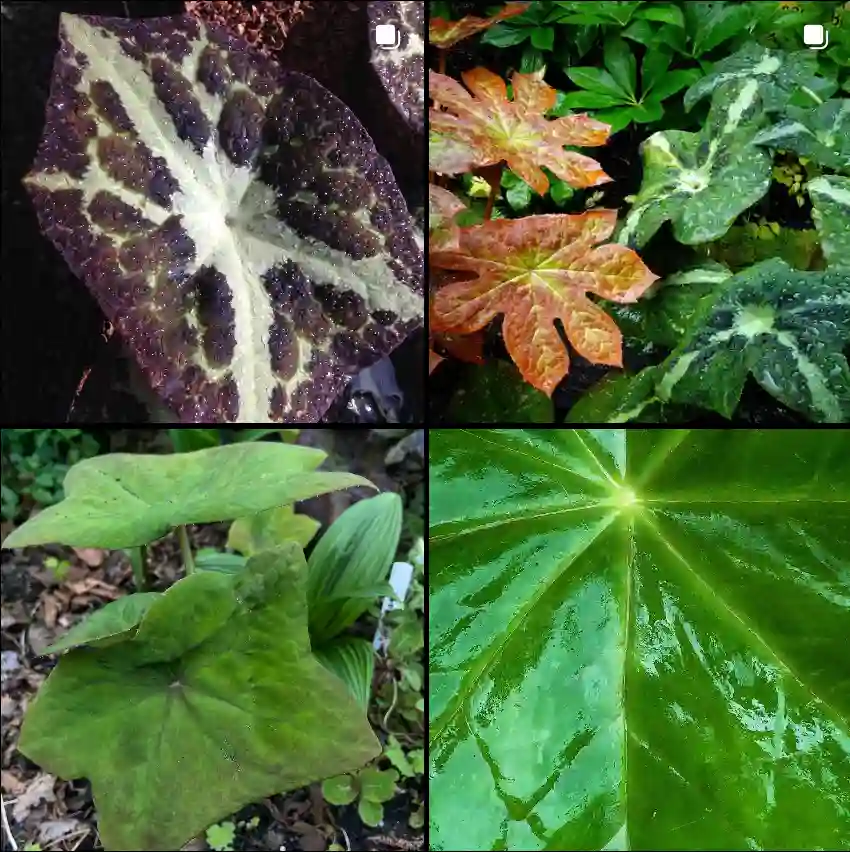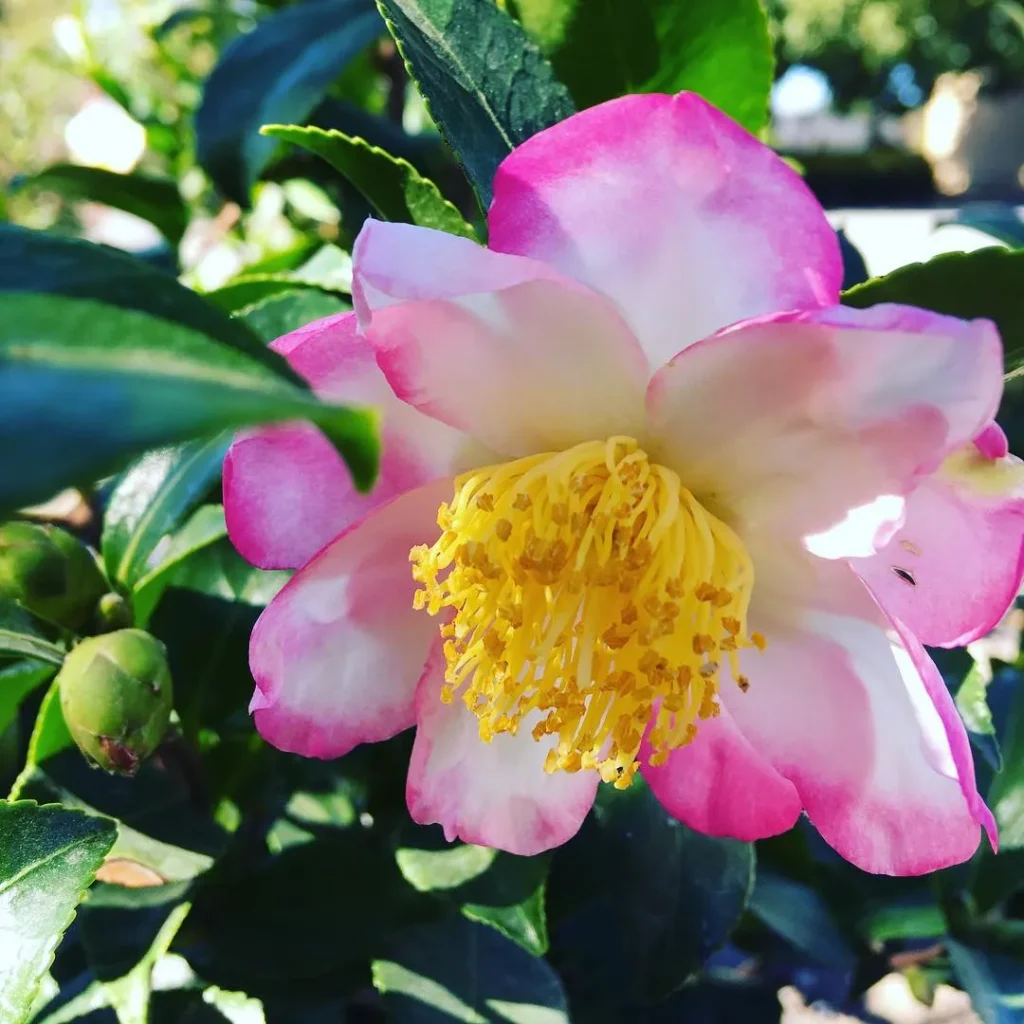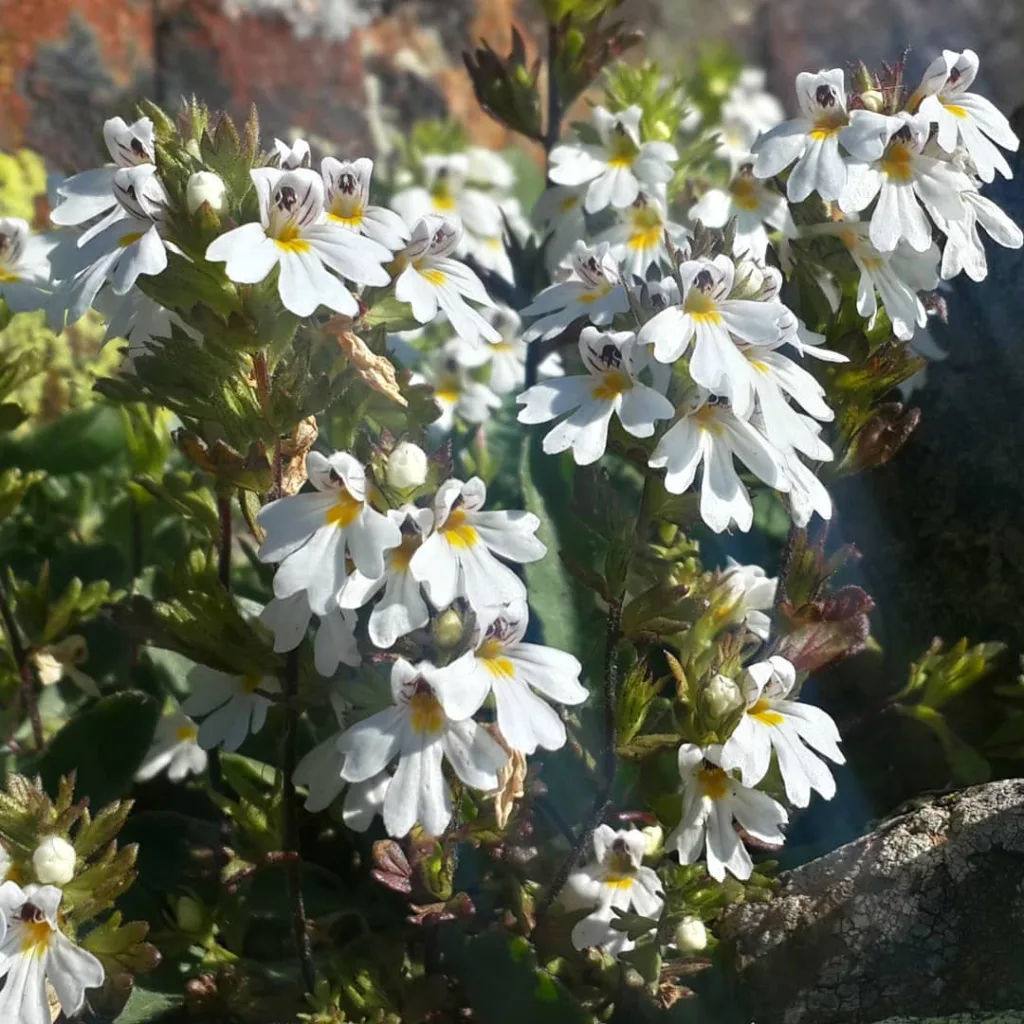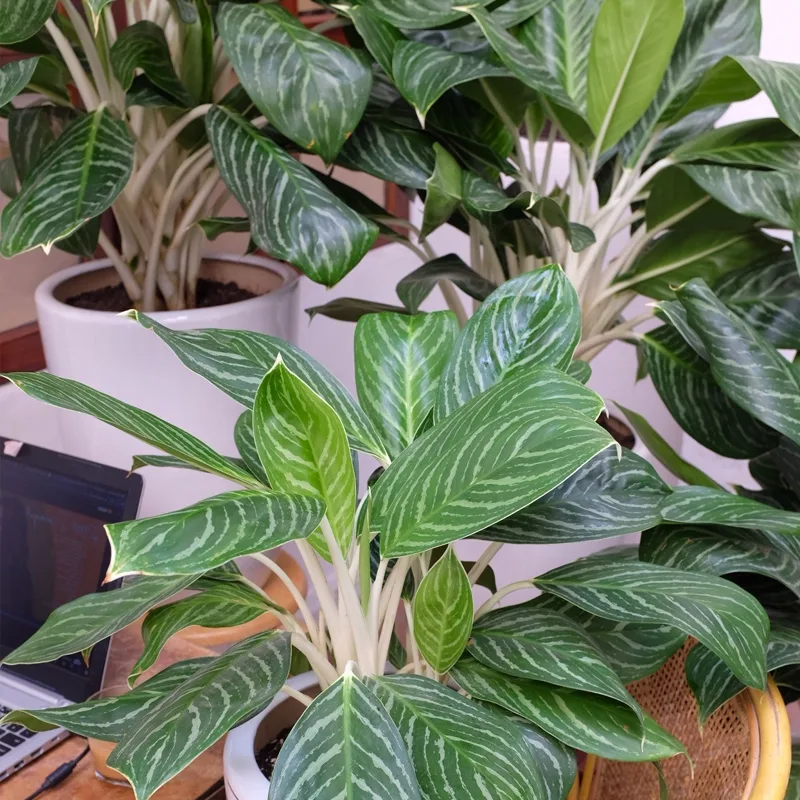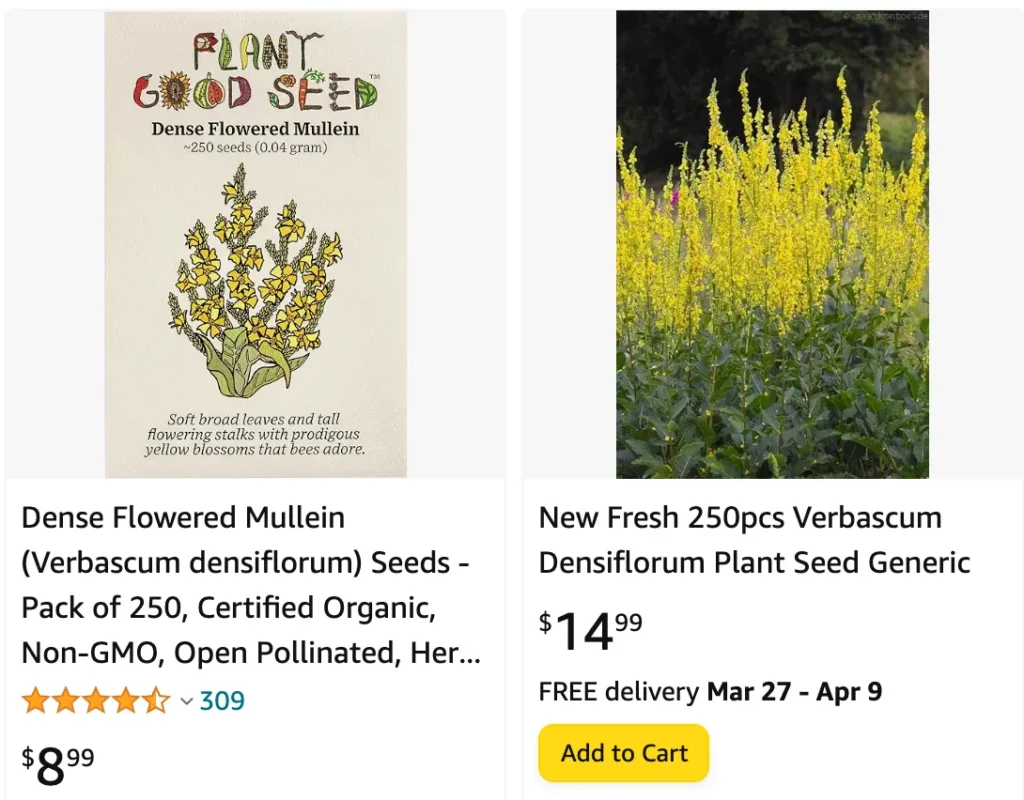
Unveiling the Wondrous Verbascum Densiflorum: A Gardener’s Guide
There’s a captivating magic to the world of plants, each one boasting unique characteristics and a story waiting to be unraveled. Recently, my curiosity was piqued by the majestic Verbascum densiflorum. Its name, a melody on the tongue, promised an equally enchanting flower. But before I dove headfirst into planting it, a plethora of questions bloomed in my mind.
712 Species in Genus Verbascum
What is Verbascum Densiflorum?
Verbascum densiflorum, also known as the Large-flowered Mullein, is a captivating flowering perennial belonging to the Scrophulariaceae family. Native to the Mediterranean region, it boasts a stately presence in gardens, reaching heights of up to 3 feet. Its architectural charm lies in its tall, unbranched flowering stalk adorned with densely packed, golden yellow blooms. These blooms unfurl gradually over a period of one to two months, offering a prolonged visual feast.
But Verbascum densiflorum’s allure extends beyond its visual appeal. Its soft, felty leaves provide a textural contrast, and some gardeners even claim the foliage possesses a subtle, honey-like fragrance.
Is Verbascum Densiflorum the same as Mullein?
This is a common question that arises when encountering Verbascum densiflorum. While they share the same genus (Verbascum), they are distinct species. The most familiar type of mullein is likely the Common Mullein (Verbascum thapsus). While both boast tall flower spikes, Verbascum densiflorum offers a more refined and compact bloom compared to the looser, more open clusters of the Common Mullein. Additionally, Verbascum densiflorum tends to be shorter and features softer, felty leaves, whereas the Common Mullein possesses more coarse and hairy foliage.
How to Care for Verbascum Densiflorum?
The good news is that Verbascum densiflorum is a relatively low-maintenance plant, making it ideal for beginner gardeners like myself. It thrives in well-drained soil and a sunny location. Regular watering is essential during the first growing season, but once established, it becomes quite drought tolerant.
Deadheading spent flowers encourages continued blooming throughout the summer. However, if you prefer a more natural look, leaving some flower stalks allows the plant to self-seed, potentially creating a colony of these golden beauties in your garden.
How to Propagate Verbascum Densiflorum?
There are two primary methods for propagating Verbascum densiflorum: seed sowing and division.
Seed Sowing: Seeds can be sown directly outdoors in late fall or early spring after experiencing a period of cold stratification. Alternatively, you can start them indoors a few weeks before the last frost and transplant them outdoors once the danger of frost has passed.
Division: Established Verbascum densiflorum plants can be divided in spring or fall. Carefully dig up the plant and use a sharp tool to separate it into sections, each with healthy roots and crowns. Replant the divisions in their new locations, ensuring they are well-watered.
What to Plant with Verbascum Densiflorum?
Verbascum densiflorum’s architectural form and vibrant blooms make it a versatile companion in the garden. Here are some ideas for creating a harmonious composition:
- Low-growing perennials: Lavender (Lavandula angustifolia) with its fragrant purple flowers complements the yellow blooms beautifully.
- Grasses: Ornamental grasses like Pennisetum setaceum ‘Rubrum’ (Red Fountain Grass) add textural interest and movement to the planting scheme.
- Other summer bloomers: Echinacea purpurea (Purple Coneflower) and Rudbeckia fulgida (Black-Eyed Susan) create a vibrant tapestry of color during the summer months.
By incorporating these tips and exploring various combinations, you can create a stunning garden scene where Verbascum densiflorum takes center stage.
Conclusion
Verbascum densiflorum is more than just a pretty face; it’s a low-maintenance charmer that adds architectural interest and a touch of sunshine to any garden. With its ease of care and striking beauty, it’s well on its way to becoming a new favorite in my own backyard haven.
If i die, water my plants!
